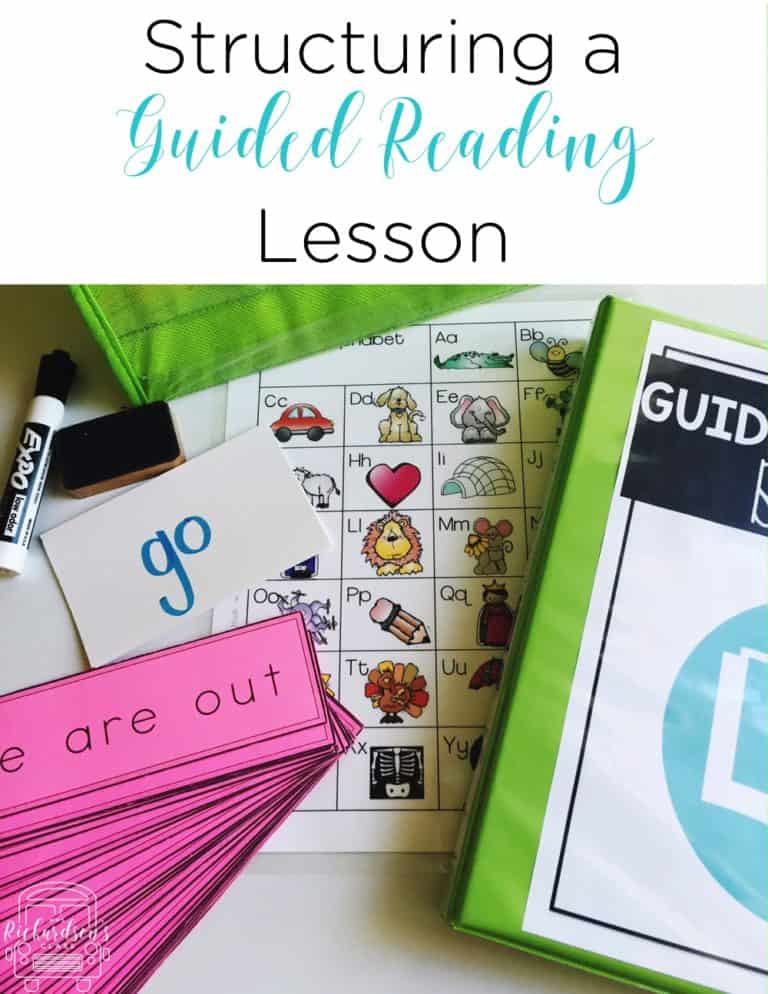

Before the school begins our rooms are set up, copies are made, and our teacher hearts are ready to begin the year strong. Even with the best of intentions and preparation, our classroom will begin to struggle without an effective plan in place to communicate our expectations.
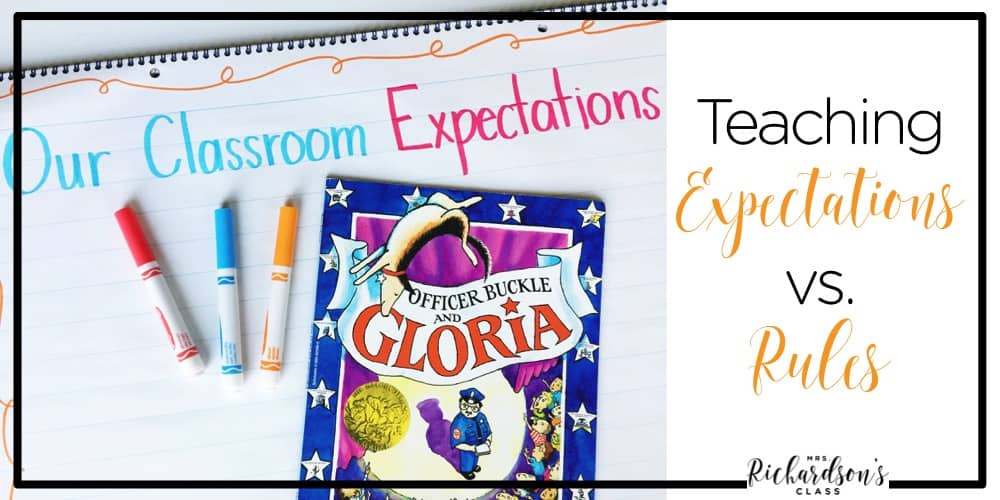
Begin the year by allowing your students to be a part of the classroom management process. Instead of a teacher made list of the things our students should not do, let them be a part of creating classroom expectations as a group.
Our natural tendency is to have our rules posted and walls filled with useful decorations before the year begins. Not quite yet!
Rules are simply a list of the things we should not do. Expectations communicate the desired behavior using a positive framework and encouraging responsibility. Simply put, it is a positive reframe that sets the tone for your room.
We must actively think through a few key things before jumping into our class meeting and creating expectations together with our students.
These three questions give you a great starting place to begin leading your students into a productive brainstorming session on classroom expectations. Even my kindergarten students did this, I promise!
Sweet and simple does the trick. Keep the wording to a minimum and create expectations that are easy to remember. You can always elaborate as you model and practice throughout the school year.
Read alouds, video clips, and other resources are a great starting point to launch into a class brainstorming session on classroom expectations. One of my favorite books to read aloud as we work on this together as a class is Officer Buckle and Gloria.
Once you have created a list that both the classroom and teacher agree on, then edit it, make a final copy. and post in the classroom for all to see throughout the entire school year.
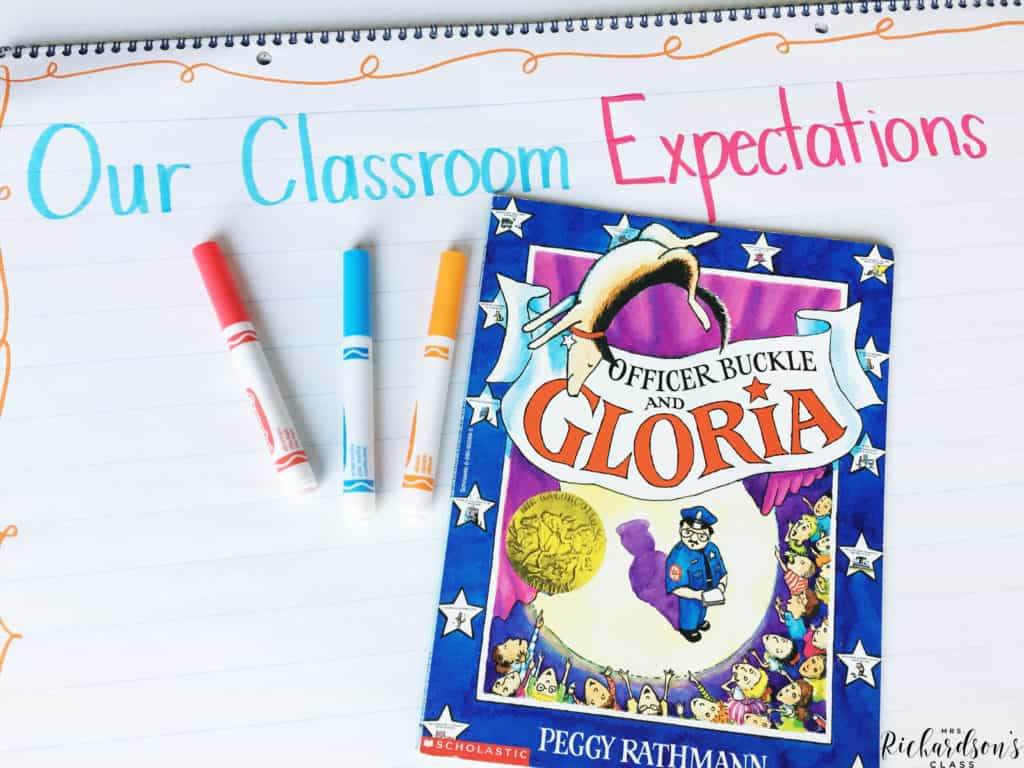
Enjoy this time with your students and use it as a tool to learn more about what they value in a safe classroom. That’s right! I’m suggesting you ditch the list of pre-made rules that you already had laminated and launch into a creative meeting with your students on what your classroom should look and sound like! You never know until you try!
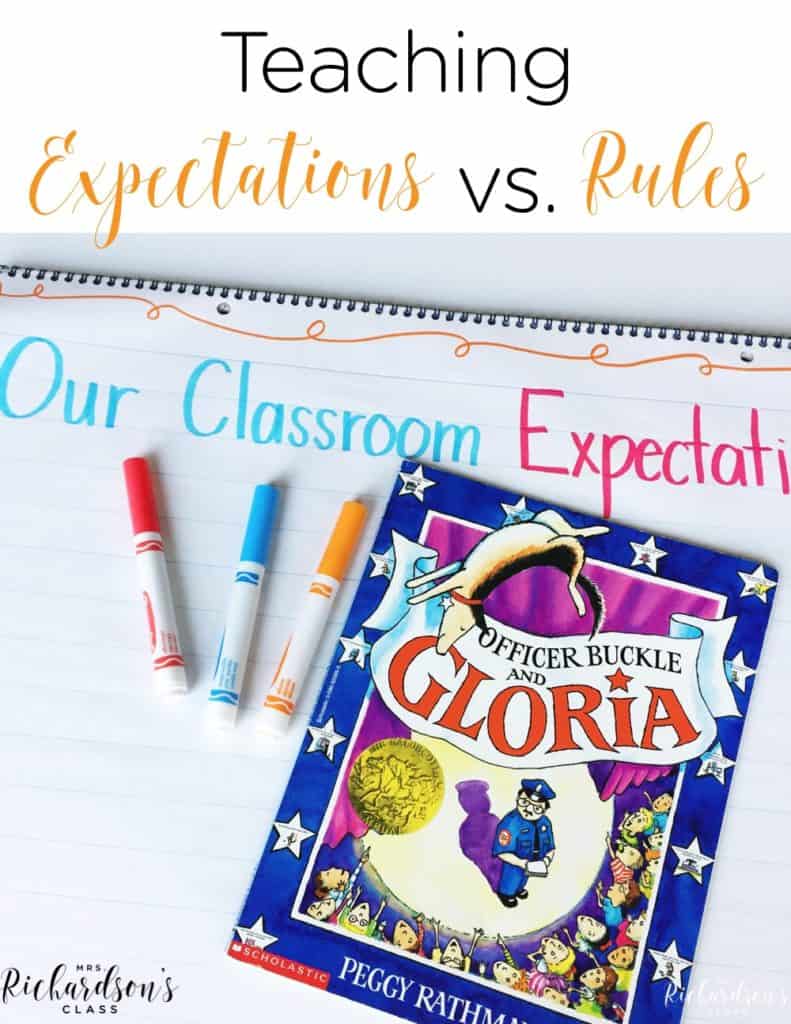
pin it

Want to use the latest research to boost your readers during small groups? This FREE guide is packed with engaging ideas to help them grow!

I’m a K-1 teacher who is passionate about making lessons your students love and that are easy to implement for teachers. Helping teachers like you navigate their way through their literacy block brings me great joy. I am a lifelong learner who loves staying on top of current literacy learning and practices. Here, you’ll find the tools you need to move your K-2 students forward!


| Cookie | Duration | Description |
|---|---|---|
| cookielawinfo-checkbox-analytics | 11 months | This cookie is set by GDPR Cookie Consent plugin. The cookie is used to store the user consent for the cookies in the category "Analytics". |
| cookielawinfo-checkbox-functional | 11 months | The cookie is set by GDPR cookie consent to record the user consent for the cookies in the category "Functional". |
| cookielawinfo-checkbox-necessary | 11 months | This cookie is set by GDPR Cookie Consent plugin. The cookies is used to store the user consent for the cookies in the category "Necessary". |
| cookielawinfo-checkbox-others | 11 months | This cookie is set by GDPR Cookie Consent plugin. The cookie is used to store the user consent for the cookies in the category "Other. |
| cookielawinfo-checkbox-performance | 11 months | This cookie is set by GDPR Cookie Consent plugin. The cookie is used to store the user consent for the cookies in the category "Performance". |
| viewed_cookie_policy | 11 months | The cookie is set by the GDPR Cookie Consent plugin and is used to store whether or not user has consented to the use of cookies. It does not store any personal data. |
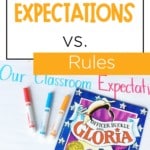
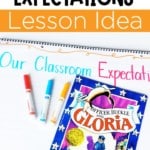

2 Responses
Thank you for sharing so many great ideas!